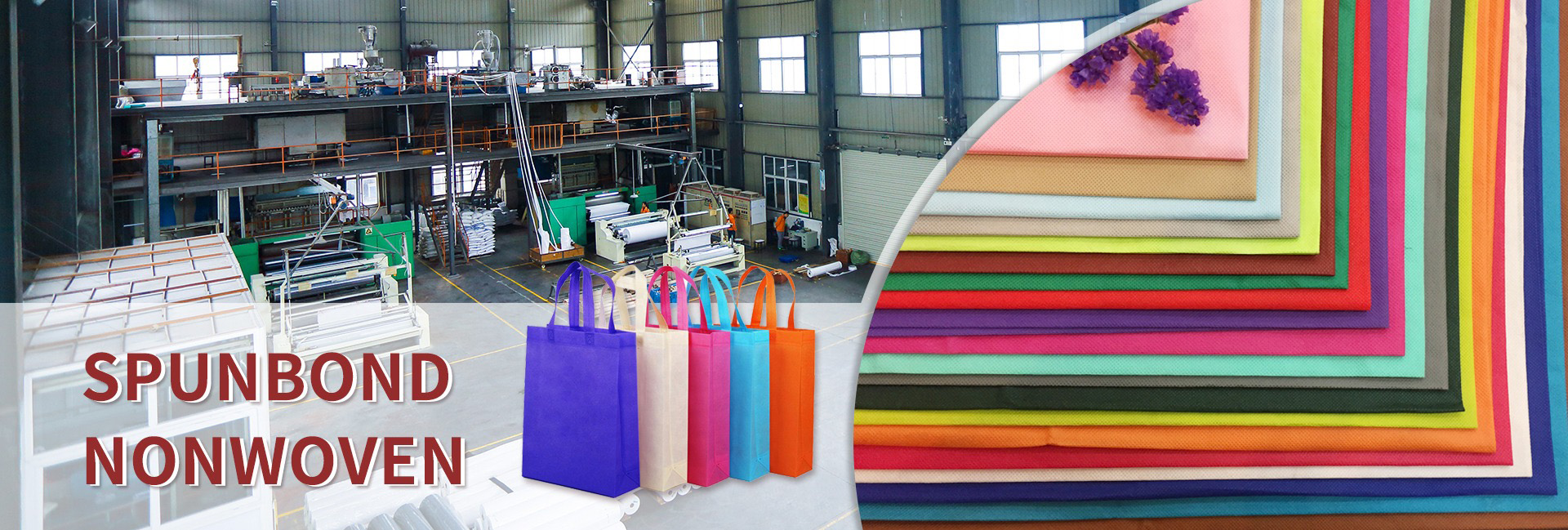Semi-conductive non-woven fabrics cleverly combine the flexible and porous characteristics of non-woven fabrics with controllable conductivity (10 ~10 Ω/sq), balancing electrostatic protection and safety requirements in scenarios such as lithium battery separators, anti-static packaging, and medical protective clothing, becoming a key solution to break through the boundaries of material performance in the fields of new energy, electronics, and smart wearables.
Basic definition and material composition
Semi-conductive non-woven fabrics are a functional composite material that uses a special process to impart conductive functions to non-woven fabric substrates. Its core feature is that while retaining the flexible and porous characteristics of non-woven fabrics, it has controllable conductivity (surface resistivity is usually 10⁴~10⁹ Ω/sq), which can prevent static electricity accumulation and avoid the risk of short circuits that may be caused by complete conductivity.
Main technical indicators of semi-conductive non-woven fabrics:
Matrix material:
Common non-woven fabric raw materials: polypropylene (PP), polyester (PET), aramid (Nomex) or cellulose fiber, etc. Non-woven fabrics are formed by meltblowing, spunbonding or wet processing to form a randomly interlaced fiber mesh structure.
Conductive ingredients:
Conductive fillers: carbon black, carbon nanotubes, graphene, metal powders (such as silver, copper) or metal-coated fibers. Conductive polymers: polyaniline (PANI), polypyrrole (PPy), etc., attached to the fiber surface by chemical polymerization.
Combination method:
Blending method, the conductive filler is directly mixed with the matrix fiber and processed into non-woven fabric.
Post-treatment method, the formed non-woven fabric is impregnated, sprayed or chemically plated with a conductive layer.
Key features
Conductivity, controllable surface electronegativity (104~109Q/sq), capable of dissipating static charges or achieving electromagnetic shielding (some high conductivity models).Flexibility and porosity, retaining the lightweight and breathable properties of non-woven fabric, easy to cut and adhere to complex surfaces.Environmental resistance, moisture resistance, chemical corrosion resistance (depending on the substrate), and high temperature resistance for some models (such as aramid based non-woven fabric).Processability, which can be enhanced by hot pressing, stitching, or composite with other materials (such as films) to enhance functionality.
Main application areas
Electronics and new energy
Battery separator: used for lithium-ion batteries, balancing ion conduction and short circuit prevention (precise control of resistivity is required);Packaging of electrostatic sensitive devices: anti-static storage and transportation of electronic components and semiconductor materials;Electromagnetic shielding layer: flexible circuit boards, shielding pads for wearable devices (high conductivity models are required).
Industrial and medical
Antistatic filter materials: clean room air filters, industrial dust collection (to prevent static adsorption and blockage);Medical protective clothing: both antistatic and breathable, reducing electrostatic interference during surgery;Sensor substrate: use conductivity to develop flexible pressure or humidity sensors.
Special fields
Aerospace: aircraft interior materials (to prevent static electricity from igniting fuel vapor);Petrochemical: antistatic equipment pads in flammable and explosive environments.
Manufacturing process
Substrate preparation:
Meltblown/spunbond process to produce non-woven fabric substrates (fiber diameter and porosity are adjustable).
Conductive treatment:
Impregnation method: immerse the non-woven fabric in a solution containing conductive fillers and form a conductive layer after drying; coating method: form a conductive coating (such as carbon slurry, metal nanowires) on the surface by spraying or roller coating; in-situ polymerization: chemically synthesize conductive polymers (such as polyaniline) on the fiber surface.
Post-treatment: hot pressing shaping, slitting or composite functional films (such as waterproof layers).
Technical difficulties and development trends
Uniformity control: uniform dispersion of conductive components in the fiber network (avoiding local resistance differences).
Durability: stability of conductive properties after long-term use or cleaning (coating shedding problem).
Environmental protection: development of degradable substrates (such as cellulose) and low-toxic conductive fillers.
Multifunctional integration: combining antibacterial, flame retardant or thermoelectric conversion properties to expand application scenarios.
Selection recommendations
Resistivity requirements: select a suitable range according to the antistatic level (such as ESD standards).
Environmental adaptability: heat-resistant substrates (such as aramid) need to be selected in high-temperature environments.
Mechanical properties: high-stretch scenarios require enhanced fiber strength or composite support layers.
Semi-conductive non-woven fabrics solve the contradiction between static control and flexibility requirements in new energy, electronics, and medical fields by cleverly combining the physical properties and conductive functions of non-woven fabrics. They are an important development direction for future smart materials and green manufacturing.
Dongguan Liansheng Non woven Technology Co., Ltd. was established in May 2020. It is a large-scale non-woven fabric production enterprise integrating research and development, production, and sales. It can produce various colors of PP spunbond non-woven fabrics with a width of less than 3.2 meters from 9 grams to 300 grams.
Post time: Jun-12-2025

